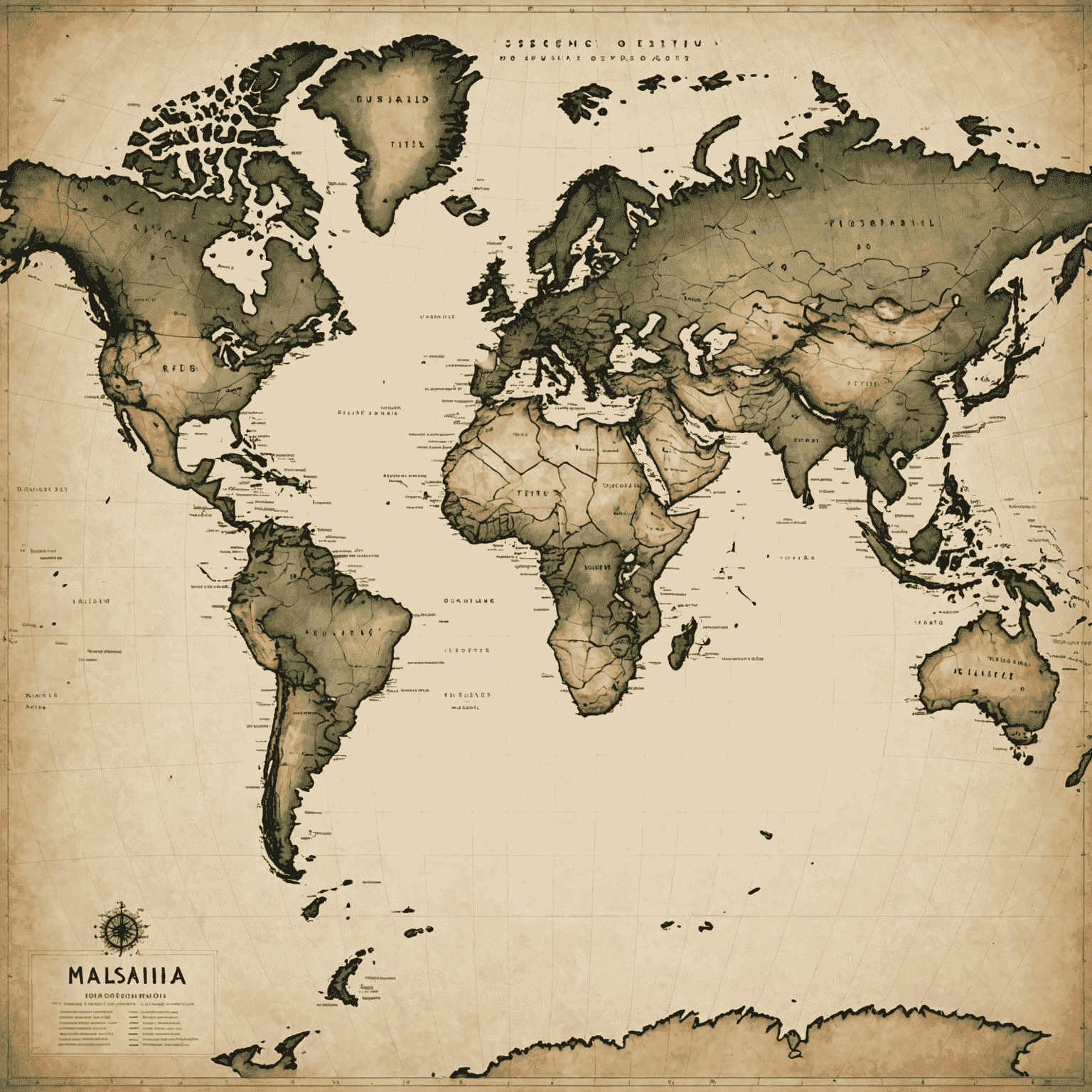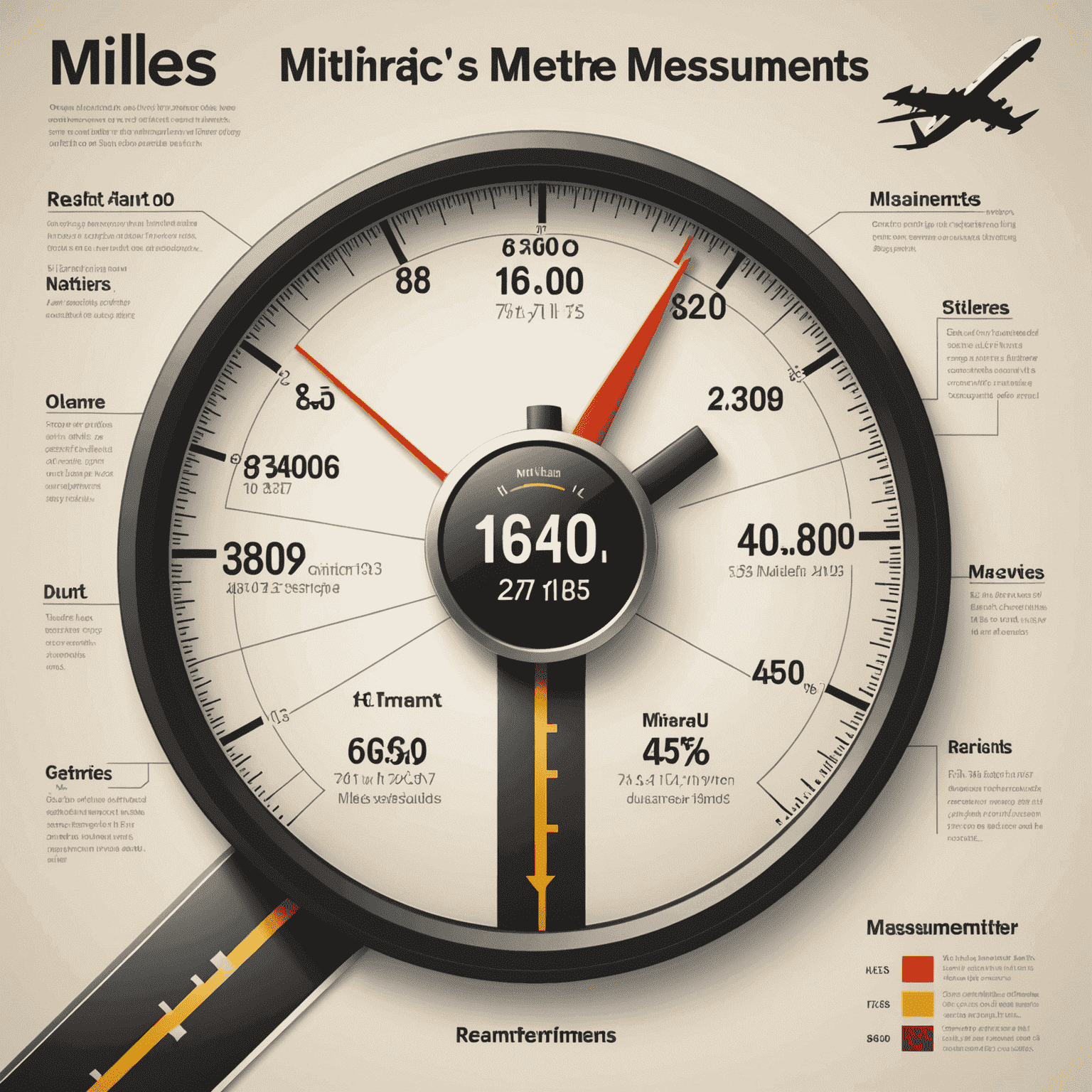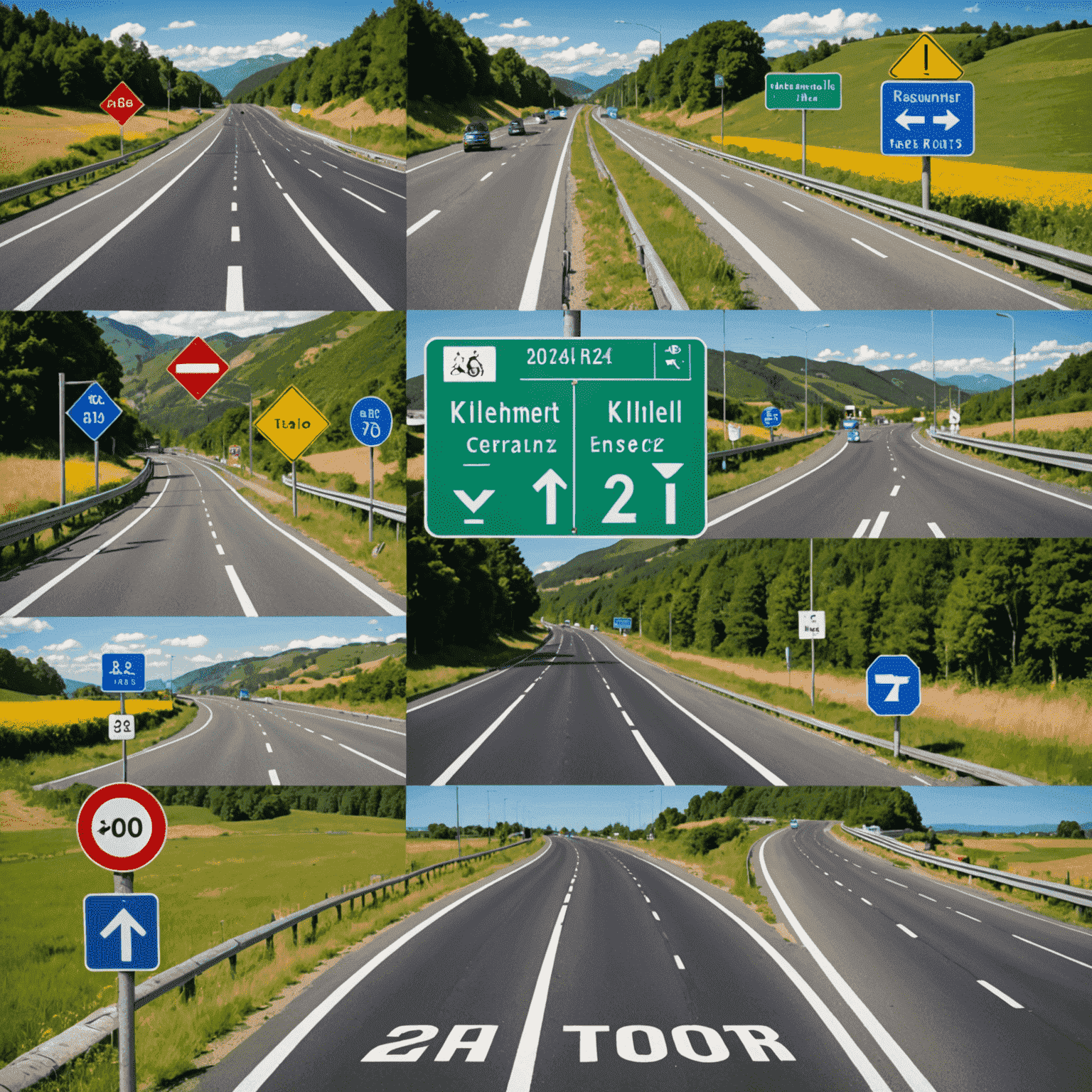Kilometers Explained

Dive into the fascinating world of the kilometer, a cornerstone of the metric system and a crucial unit in measuring distances across our globe. Let's explore its origins, significance, and how it relates to other units of measurement.
The Birth of the Kilometer
The kilometer, abbreviated as km, was born out of the French Revolution's desire for a universal and rational system of measurement. It was officially establishedned in 1799 as part of the metric system, representing one ten-thousandth of the distance from the equator to the North Pole along the Paris Meridian.
Did You Know?
The word "kilometer" comes from the Greek words "khilioi" (meaning thousand) and "metron" (meaning measure).
Kilometers in Context
To truly appreciate the kilometer, it's helpful to understand its relationship to other units of measurement:
- 1 kilometer = 1,000 meters
- 1 kilometer ≈ 0.62137 miles
- 1 mile ≈ 1.60934 kilometers

Global Adoption
Today, the kilometer is the standard unit of distance measurement in most countries worldwide. It's used in everyday contexts, from road signs to weather reports, making it an essential part of our global language of measurement.
Kilometers in Science and Beyond
The kilometer isn't just for measuring road distances. It's crucial in various scientific fields:
- Geography: Measuring distances between cities or geographical features
- Astronomy: Describing distances within our solar system (often using multiples like megameters)
- Meteorology: Measuring visibility or the extent of weather systems
Fun Fact
The circumference of the Earth at the equator is approximately 40,075 kilometers!
Conclusion
The kilometer, a product of Enlightenment-era thinking, has become an indispensable tool in our modern world. Its simplicity and relationship to other metric units make it a powerful and versatile measure of distance. Whether you're planning a road trip, studying global climate patterns, or simply curious about the world around you, understanding the kilometer is key to grasping distances on both local and global scales.
